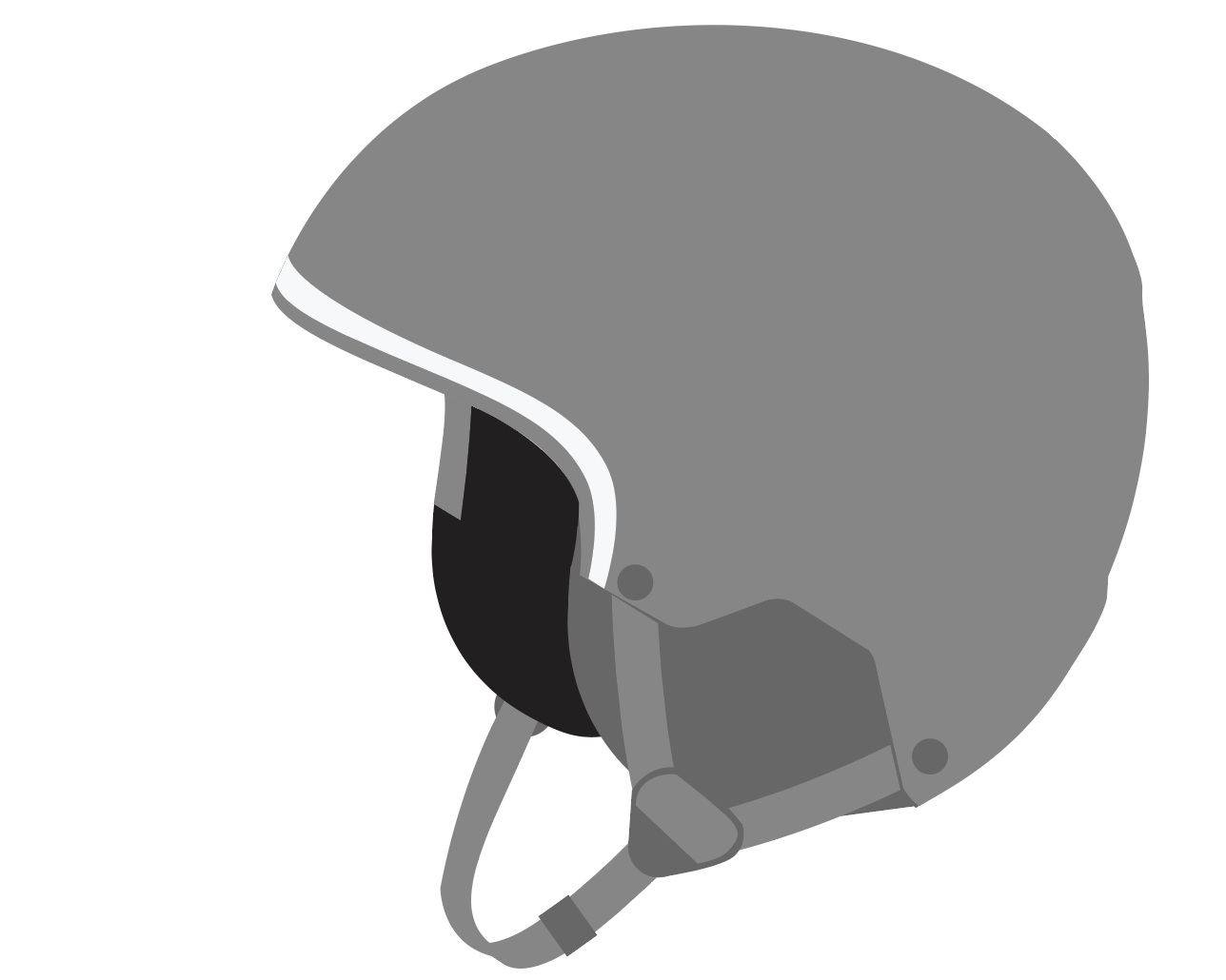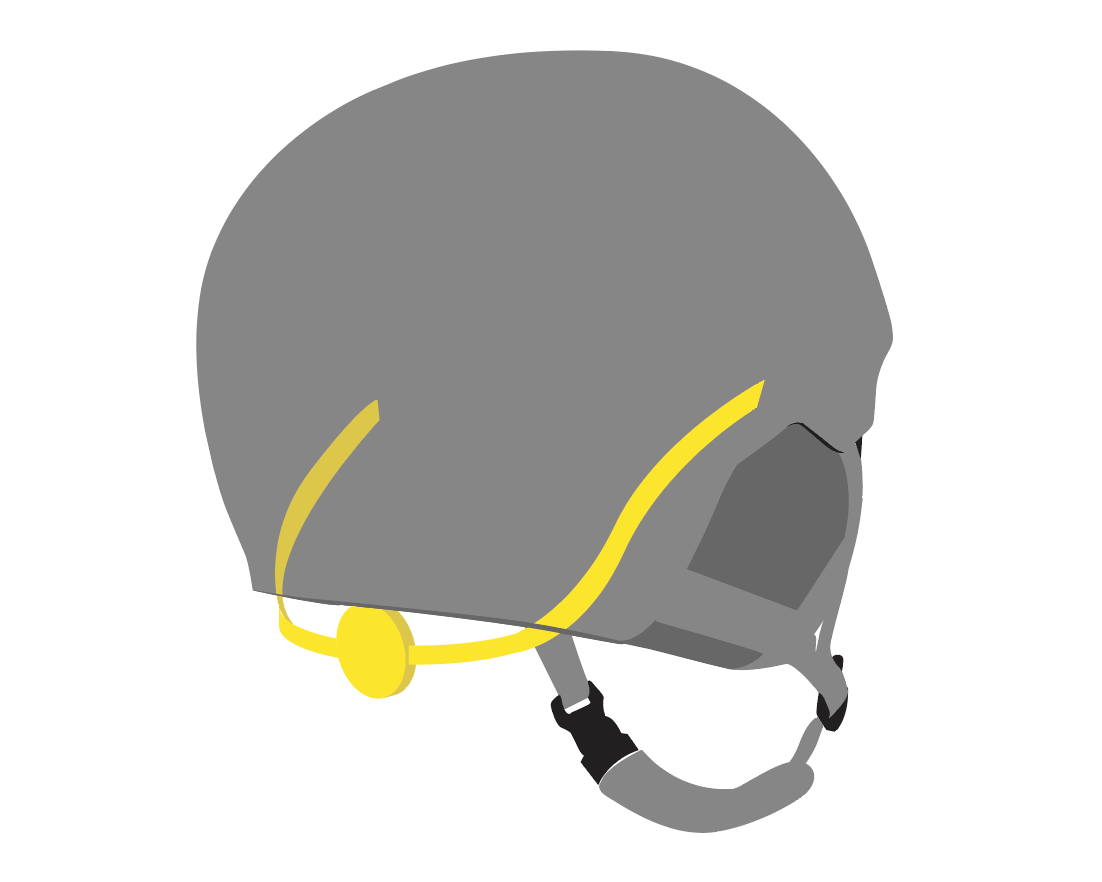2/ What level of protection for a ski helmet?
A helmet must include the NF (or CE) standard EN 1077, specific to ski and snowboard helmets. There are two categories in this standard

The ski helmet is essential on and off piste. How to find the perfect balance between comfort, support, optimal protection and efficient ventilation? And how do I choose the correct sized helmet? Follow the guide...
The choice of a ski helmet is based on 5 criteria, which depend on your level, your type of skiing and your head size:

Without visor
If you choose a ski helmet without visor, we recommend that you wear a ski goggles that will go better with your helmet than simple sunglasses.
The helmet without visor has the advantage of being able to adapt to different goggles depending on the weather. Goggles often offer more different lens options for more precise adjustment.

With visor
Some helmets are equipped with a visor that replaces ski goggle.
If you wear reading glasses, we recommend this model that will offer you more comfort.
The helmet with visor, or integrated mask has a practical side:no more goggles that slip behind the helmet, adjusting the strap…
This type of helmet also offers excellent peripheral vision for lenses without frames.
A helmet must include the NF (or CE) standard EN 1077, specific to ski and snowboard helmets. There are two categories in this standard

En 1077 a
« Soft » earpads, the most common standard.

En 1077 b
« Rigid » earpads, greater coverage area forehead and ears.
There are helmets incorporating MIPS technology. This technology helps absorb shock with a system that independently rotates the foam lining around your skull, much like the fluid protecting your brain.It offers better protection, in particular against oblique impacts.
The more your head is wrapped and held, the better the protection.

Essential
Adjustment dial

Performing
Adjustment dial
+ neck size
+ beannie liner

Optimum
Adjustment dial
Neck size
Beannie liner
+ Rigid earpads
For maximum comfort, we advise you to choose a helmet with ventilation you can adjust according to the temperature and the intensity of the physical effort.

Essential
Vents

Performing
Vents
+ Internal ventilation channels

Optimum
Adjustable:
Vents
Internal ventilation channels
+ open / close Position
To know your helmet size, measure your head circumference using a tape measure, passing well above the ears, the eyebrows on the front and on the widest part of the skull at the back (on the occiput).
The objective is to measure the largest circumference of the skull.
Tip:
If you do not have a measuring tape, just take a ribbon or a long enough lace, go around your head and then measure with a ruler.
How to choose a ski helmet
Try your helmet on with your goggles. The latter must fit your helmet perfectly to avoid a "cold bar" (uncovered area) on the forehead and reduce air entering.
A helmet that has received a shock must be replaced because the foam has been deformed, no longer providing maximum protection.
To be well-equipped:
Protecting yourself well during your ski trips, starts with your head! Today helmets are more and more comfortable and efficient, and in addition they are often very stylish ... So ski safely and above all have fun.

Ski helmets product manager